How an Expert Arborist Can Help You Find the Ideal Trees
Are you planning to put new trees in your yard but are unsure where to start? An expert arborist can provide guidance on the best types of trees to plant based on your location, soil quality, and desired aesthetic. They can also advise on proper planting techniques and ongoing care to ensure the health and longevity of your new trees. That said, it all starts with the planning stage. Here's how an expert arborist can help you transform your yard for the better.
Plan Your Tree’s Location With Purpose
When working with a tree expert, it’s important to understand the purpose of your trees before installing any. Are you planting them with any particular goal in mind? Trees have many amazing uses that make them an excellent home addition, so knowing what's most important to you is key.
Our clients plant new trees on the property for all kinds of different reasons. Trees can filter pollutants out of your yard, reduce noise levels, shield you from weather conditions, block unpleasant views, and even promote healthy wildlife populations. Furthermore, trees can create shady areas (perfect for sitting in during the summer), reduce glare (useful in sunny areas), and stop precipitation damage. Some clients also plant trees for their aesthetic value, to increase property value, or to provide privacy from neighbors.
Whatever your reason may be, it's important to consider the benefits and purposes of planting trees before making your final decision regarding where they'll be located. An expert arborist can help you determine the best species of tree for your specific needs and ensure proper planting and care. Consulting with a professional can help you make an informed decision that will enhance your property and contribute to a better result.
Choose Trees Based on Size and Shape
As you might imagine, small yards in congested areas need smaller and shorter trees to avoid problems with power lines and other issues. These smaller trees rarely “sprawl” into other yards, as well, minimizing potential conflict. That’s a great choice for many urban living areas. That said, taller trees often add more value to a home by increasing privacy without limiting direct sunlight.
Keep in mind that, according to the experts at 8 Billion Trees, most trees take between 20 and 30 years to reach full maturity. Therefore, it's important to consider the long-term growth of the tree when choosing it for your yard. The tree you're planting will look a lot different in a few decades.
Don’t Ignore Your Neighborhood
Take a look around the area beyond your own yard. Most likely, there are a lot of common species present. Whether you want your property to stand out or blend in, it's good to know what else is growing locally. This can help you make a more informed decision when choosing trees for your own yard. Considering the overall aesthetic of the neighborhood can enhance the curb appeal of your home. If you plan on selling any time soon, or you simply like to make an impression, this could impact your choice.
An experienced local arborist will be able to tell you the difference between native tree species that flourish and invasive ones that disrupt the ecosystem. By consulting with a professional, you can ensure that the trees you choose will not only enhance the beauty of your property but also contribute positively to the neighborhood.
Pay Attention to Soil Type
Any arborist worth your money will tell you that soil type and quality greatly impact which trees to choose for your yard. After all, the tree's hardiness zone, your soil conditions, drainage conditions, and sun exposure are all critical. Getting them wrong can cause serious tree damage issues. For example, if you have clay soil, you'll likely want to avoid trees that require a lot of drainage. Considering the pH levels of your soil can also help you and your arborist determine which trees will thrive in your yard.
Our expert team pays close attention to your soil's compactness and how easily the roots can move through it when making recommendations. Trees with large, sprawling roots need softer soil with less compaction. They also need more space in your yard to support their roots. It's important to consider these factors before selecting a tree to ensure its long-term health and growth. Note that proper soil preparation and maintenance can help prevent issues such as root rot or nutritional deficiencies in the future.
Know What Each Tree Offers
As you know, certain trees are more proficient at offering certain benefits than others. Let's take a look at some of today's most popular tree options, including ornamental, shade, and conifer varieties, and their benefits.
Ornamental trees are exactly what they sound like: large and beautiful trees that add beauty to your yard! While gorgeous, they often have a lot of cleanup needs, meaning extra yard work for you. For many, however, the chores are worth the view.
Shade trees, on the other hand, are larger growths with sprawling branches that shade your home and keep it cool. Note that they tend to outgrow their original placement and need some maintenance to stay healthy.
Finally, conifers provide year-round greenery and often have pine cones and other debris that might scatter around your yard. They also tend to have pitch or sap at higher levels than other trees, which can make them sticky to touch. They’re a great privacy option due to their evergreen nature, but they do require regular pruning to maintain their shape and prevent overcrowding. Additionally, conifers are known for their strong root systems, which can sometimes cause issues with nearby structures or underground utilities. Overall, choosing the right tree for your yard depends on your specific needs and preferences.
Note Any Potential Pest Issues
Lastly, talk with your tree expert about pest infestations. Unfortunately, some trees are more prone than others to attracting unwanted visitors. Discuss with an arborist what kind of pests linger in your area, such as termites and carpenter ants, and what you can do to keep your new and existing trees safe. If the pest prevention upkeep sounds too difficult, it’s likely best to try another tree. We don't recommend signing up for any more yard work than you can handle, as the consequences are often even more difficult to manage.
In our experience, some decorative trees struggle heavily against termite invasions because their wood is soft and easier to chew. Pines and harder woods, meanwhile, often make great homes for raccoons and other vermin such as birds and bats that may cause other issues. It's important to consider the type of tree you choose based on the potential pest risks in your area.
Some trees are naturally hardier and will resist pests more easily, however. If you're looking to keep pests to a minimum, consider planting trees like cedar, oak, or hickory, which are known for their pest-resistant properties. Ultimately, it's best to consult with an
arborist to determine the best tree species for your area and specific concerns.
These simple steps can help make planning out your yard more productive and enjoyable. Call our team at Eduardo's Tree Service today to get started with a free consultation. We have the expertise to help you select the best trees for your yard, and we can provide guidance on proper tree care and maintenance to ensure your landscaping thrives for years to come.
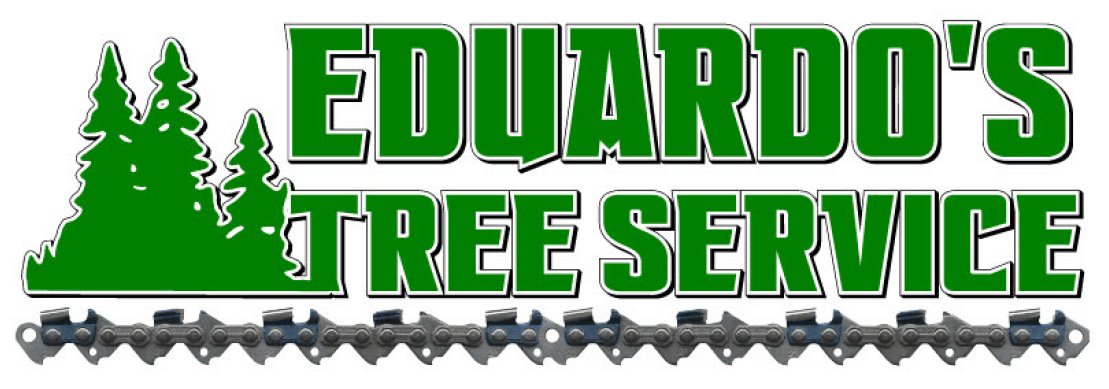
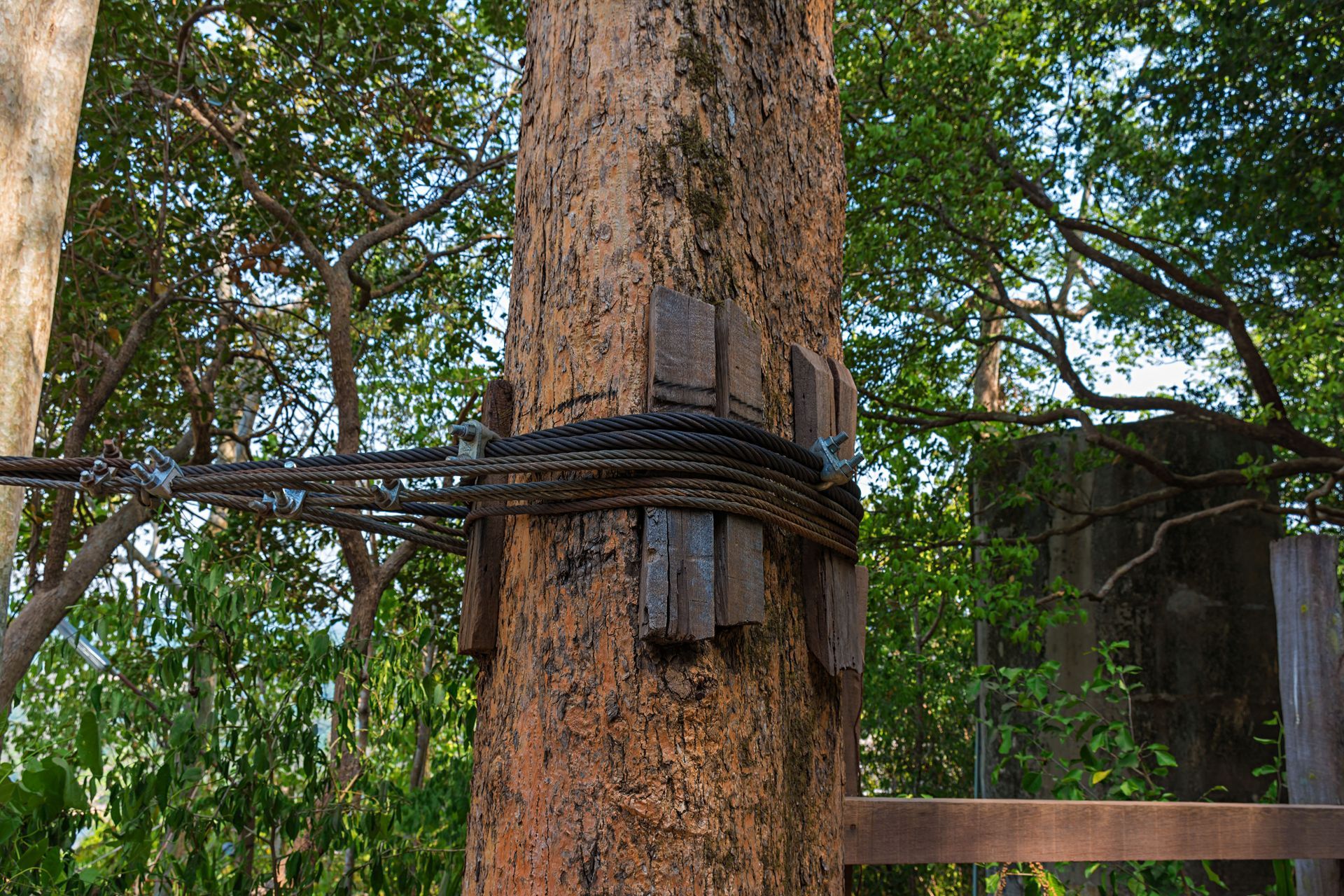

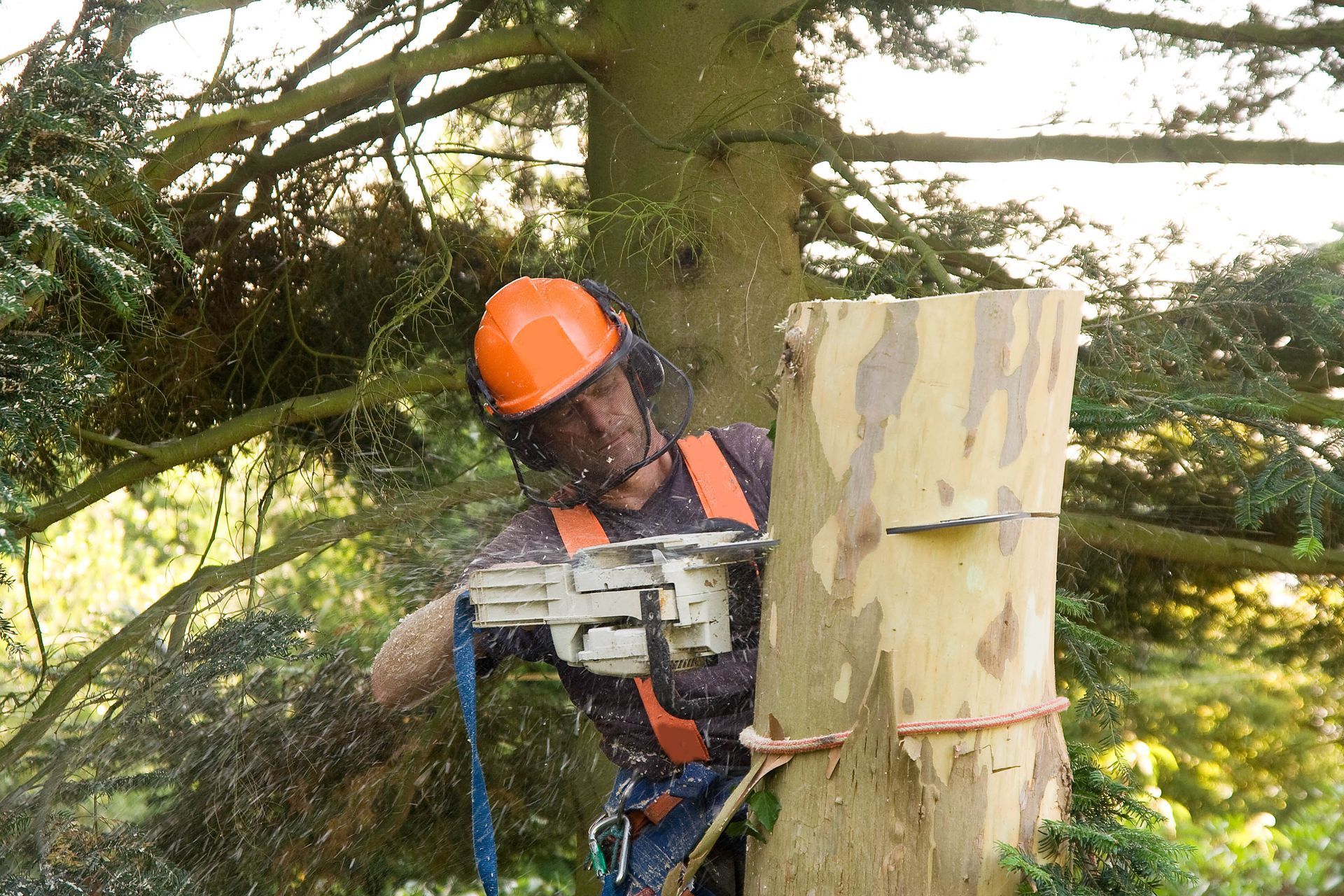
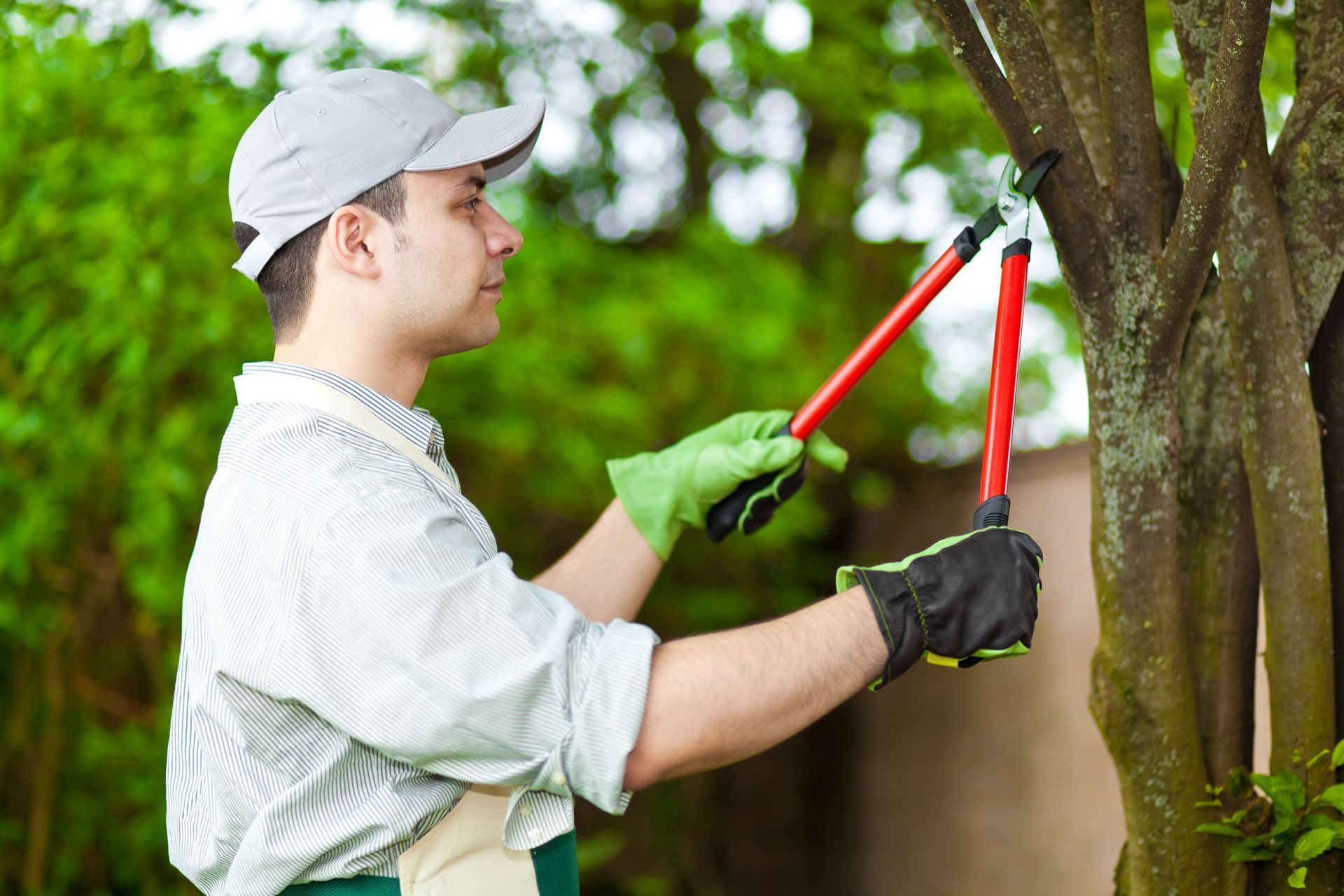
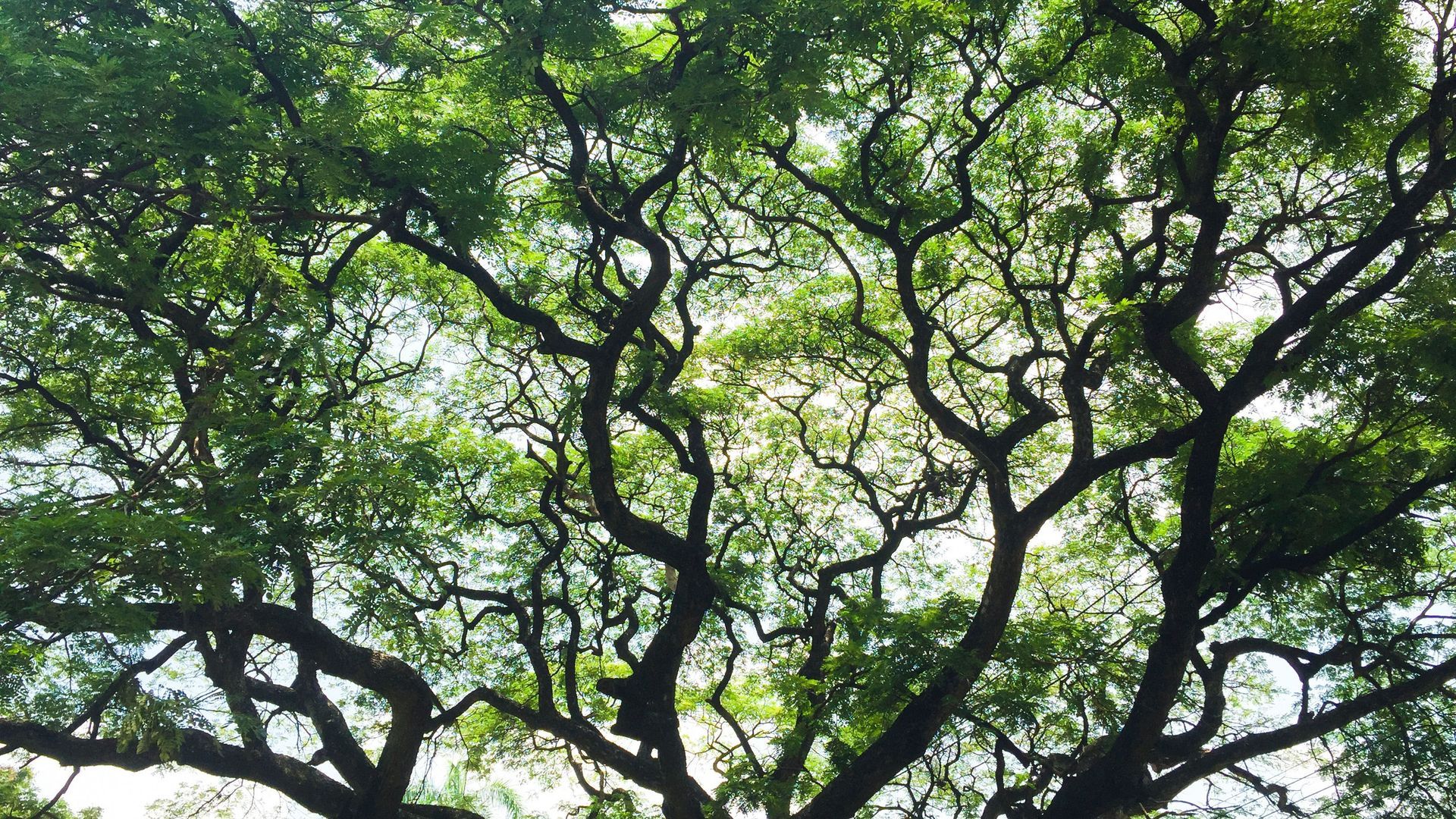
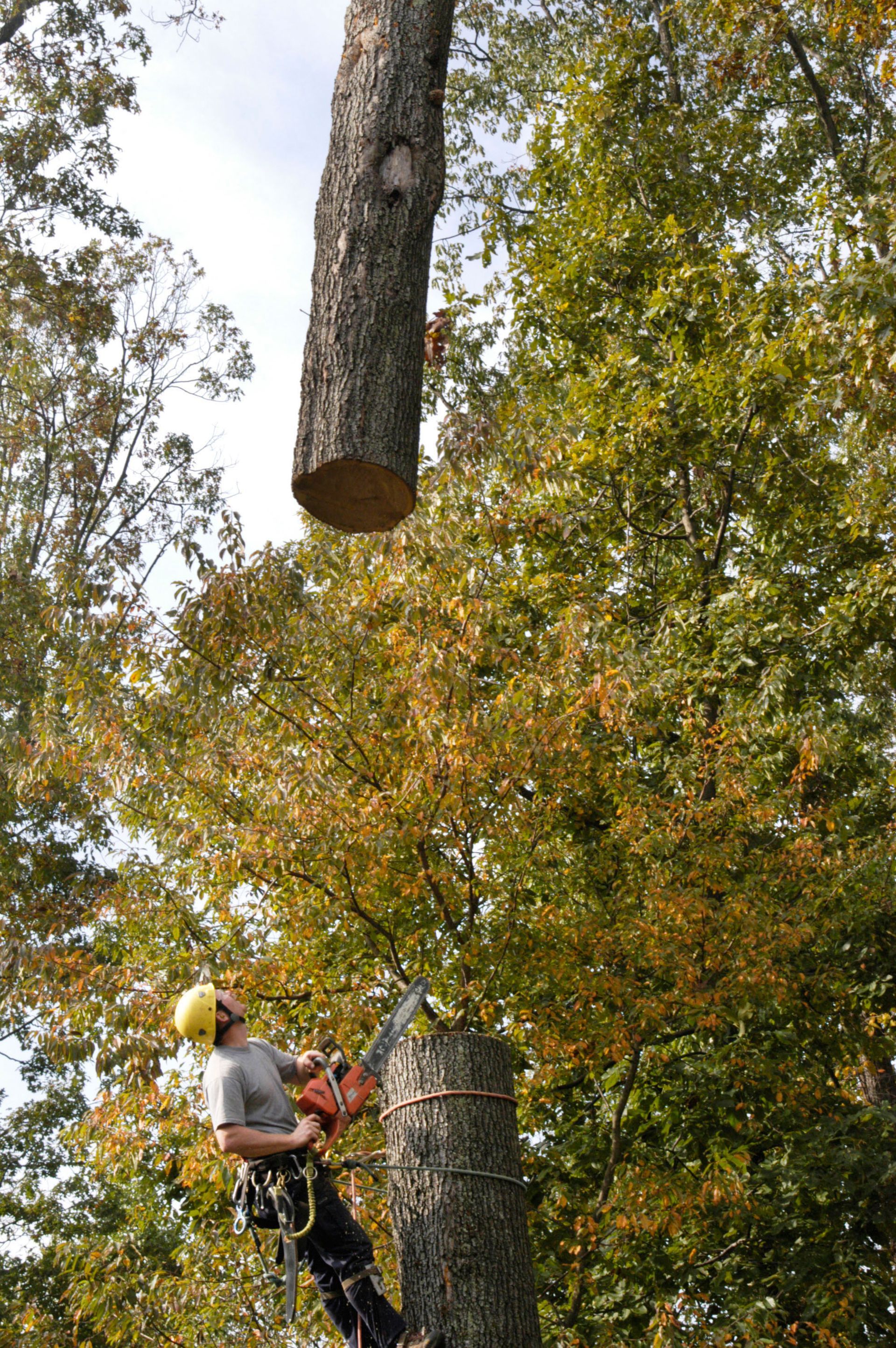
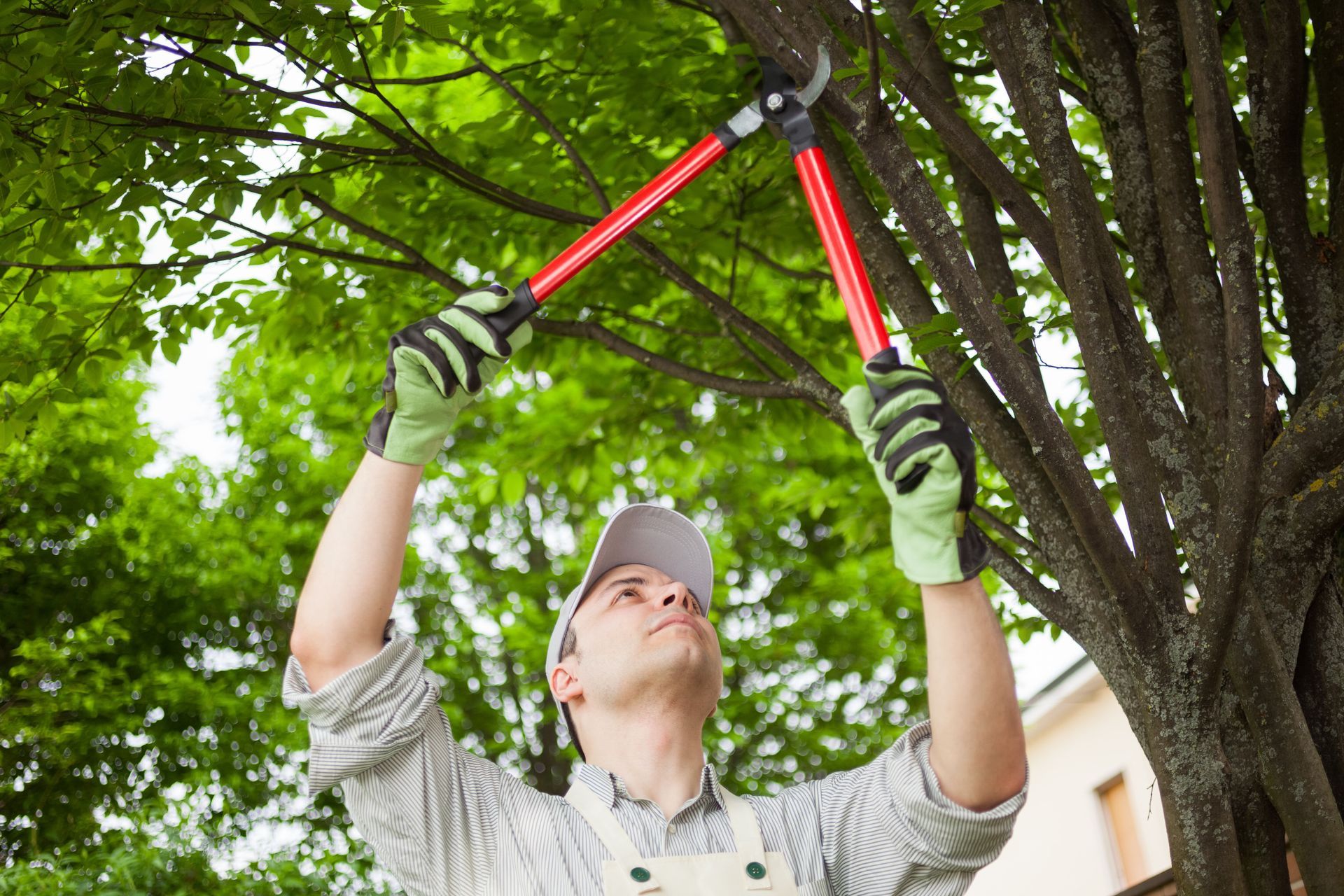
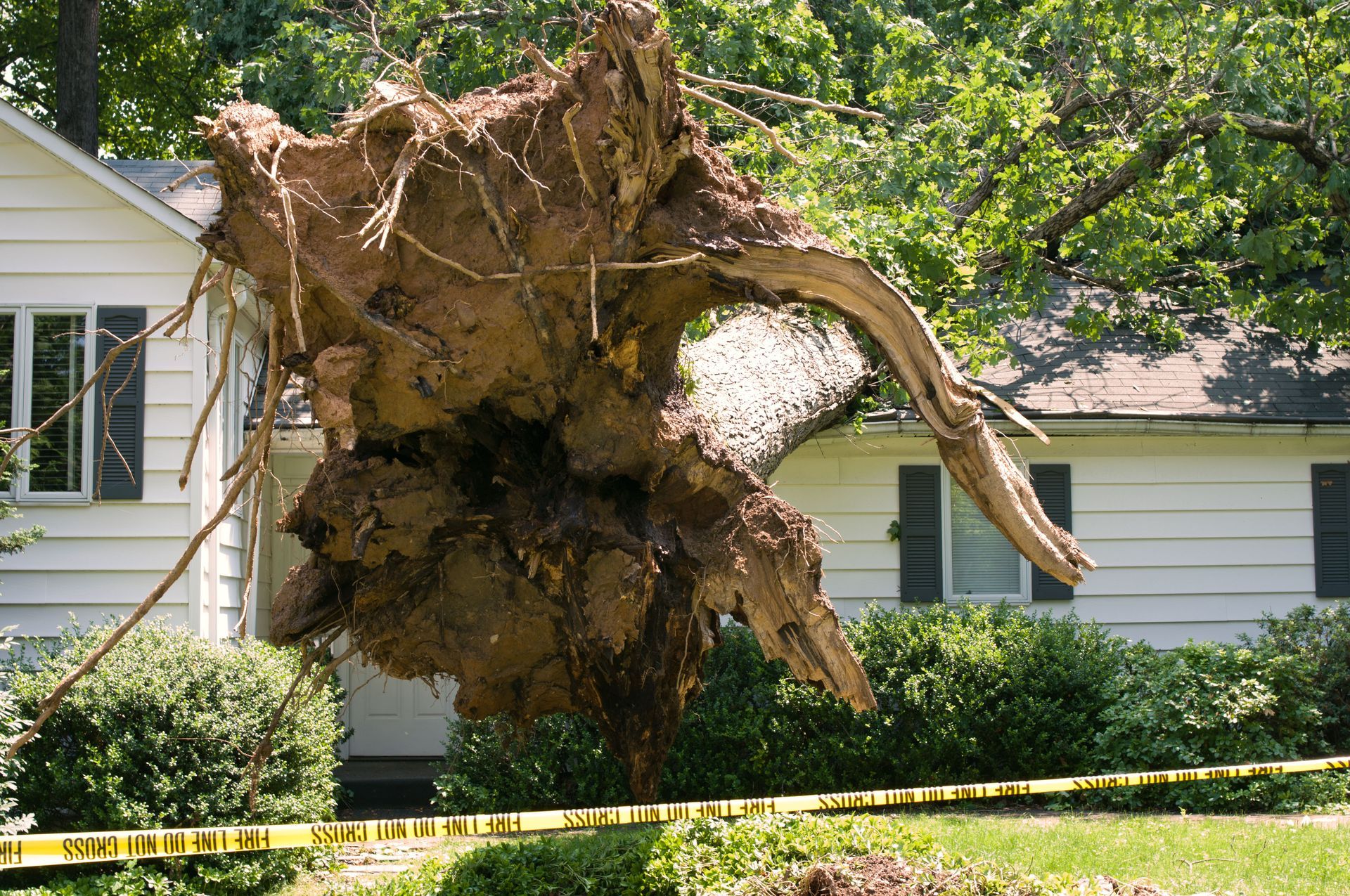
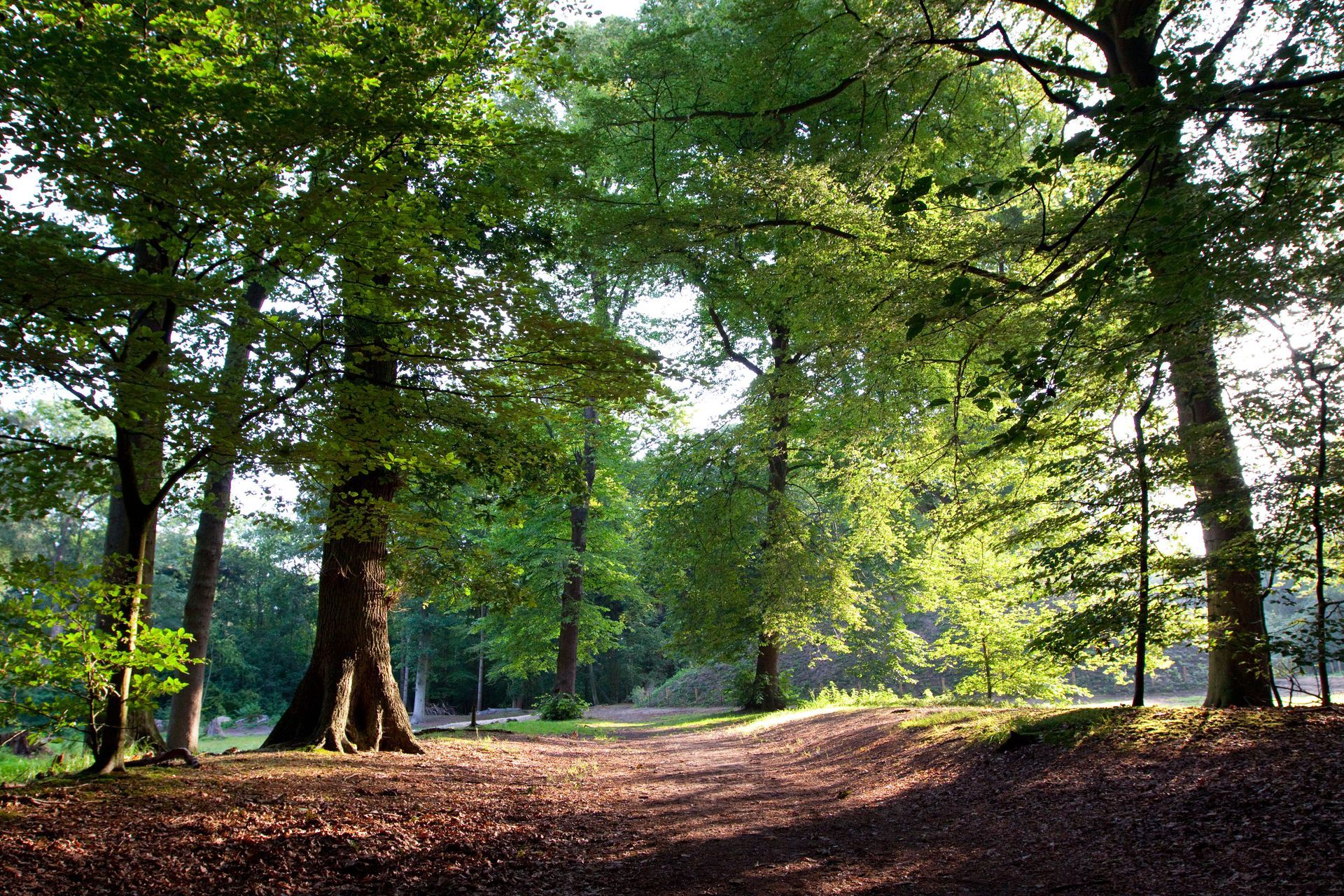
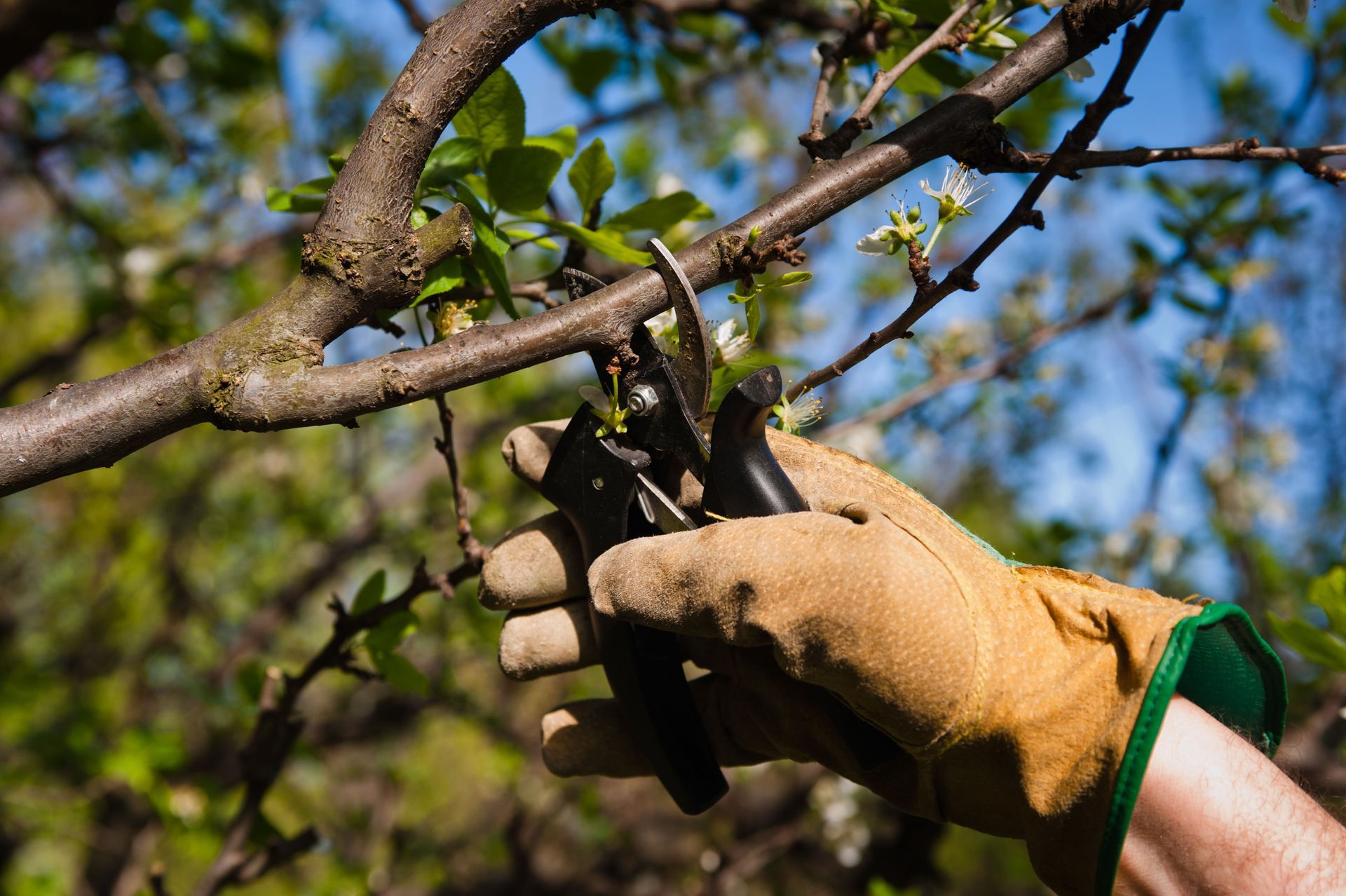

Share On: